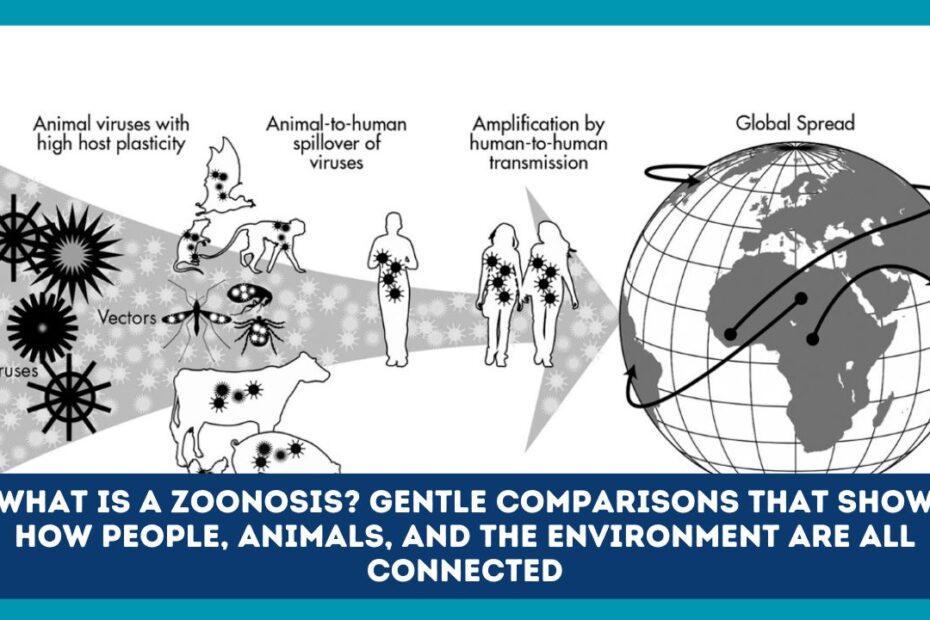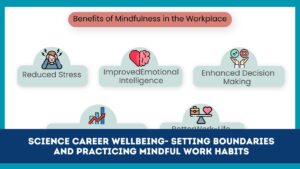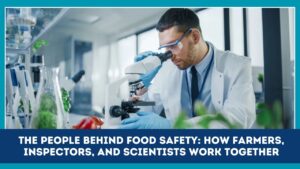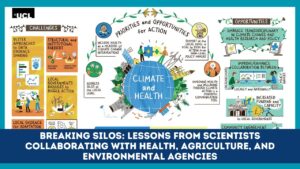A zoonosis (plural zoonoses) is any infectious disease that can be transmitted from animals to humans.
This unique bridge between species highlights how deeply our health, ecosystems, and biodiversity are intertwined.
As our world grows more connected—via wildlife trade, climate change, and habitat loss—understanding zoonoses becomes not merely academic—but essential to global health security.
What Is a Zoonosis?
By definition, a zoonosis is an infectious disease of humans caused by a pathogen—such as a virus, bacterium, fungus, parasite, or prion—that can jump from non-human animals to humans.
There are also reverse zoonoses, where humans pass pathogens back to animals.
Today, of the roughly 1,415 known human pathogens, about 61% are zoonotic, underscoring how common this phenomenon is.
How Common Are Zoonotic Diseases?
- Approximately 60% of all known infectious diseases in humans have animal origins.
- Even more striking, around 75% of new or emerging infectious diseases come from animal sources, often driven by human encroachment on nature, biodiversity loss, and industrial agriculture.
Why Zoonoses Matter Now
Several factors are making zoonotic spillovers more frequent and dangerous:
- Habitat destruction and biodiversity loss create greater contact between humans and wildlife, multiplying opportunities for pathogens to jump species.
- Climate change shifts animal migration and behaviors, increasing encounters with new pathogens.
- Wildlife trade and unsanitary animal markets facilitate cross-species transmission.
- Intensified livestock farming and global human mobility further amplify these risks.
Real-World Examples & Historical Roots
The human-animal disease connection isn’t new:
- The earliest evidence of humankind catching diseases from animals dates back 6,500 years, around the time domestication of livestock became widespread.
- Diseases like Ebola, HIV, avian influenza, and more recently COVID-19, all trace back to zoonotic spillover events.
Financial & Global Health Impacts
Zoonoses aren’t just biologically significant—they pose massive economic threats:
| Outbreak / Pandemic | Economic or Health Impact |
|---|---|
| COVID-19 | ~3% drop in global GDP in 2020; millions of deaths and billions affected by poverty |
| Severe pandemics (general) | Could reduce world GDP by ~5%; developing countries may suffer 2.5%–4.8% loss (~$3T) |
| West Africa Ebola (2014–15) | Losses equaled ~10% of GDP in affected countries |
| Leptospirosis post-flood | Disease outbreaks rise dramatically after flooding events |
| Rabies | ~59,000 human deaths annually worldwide |
These figures reflect both human suffering and economic disruptions—from healthcare costs and lost productivity to tourism declines and trade restrictions.
A Gentle Comparison: Human, Animal & Environment Connections
| Entity | Role in Zoonoses |
|---|---|
| Humans | Drive deforestation, trade, and farming; face disease and economic loss; act via reverse transmission |
| Animals | Act as reservoirs for pathogens—wild species especially; domestic animals can amplify spread |
| Environment | Habitat disruption, climate shifts, and biodiversity loss create new spillover pathways |
These connections work in a feedback loop: human activity degrades ecosystems → wildlife adapts or moves → spillover ↑ → humans infected → further economic and social impact.
The One Health Approach
One Health is a holistic, multi-sectoral strategy recognizing that human, animal, and environmental health are inseparable. This framework:
- Encourages collaboration across health, veterinary, environmental, and agricultural sectors.
- Promotes coordinated surveillance, early detection, and response strategies.
- Has evolved into a quadripartite partnership involving global organizations working in unison behind zoonosis prevention.
What You Can Do
- Support policies that combat deforestation, biodiversity loss, and unsustainable wildlife trade.
- Promote sustainable agriculture and reduce reliance on high-density livestock operations.
- Encourage public health awareness around zoonoses—especially regarding hygiene, safe food handling, and responsible pet ownership.
- Advocate for One Health principles in local and global health systems.
Zoonoses are a powerful reminder that our health is not isolated—it is deeply connected to animals and the environment.
With 60–75% of human infectious diseases originating from animals, our shared well-being hinges on recognizing and respecting these interconnections.
By adopting One Health, supporting biodiversity, and changing behaviors, we can reduce the risk of future pandemics—ensuring a healthier world for all species and the ecosystems we inhabit.
Frequently Asked Questions
1. What’s the difference between a zoonosis and an epidemic?
A zoonosis refers to how a disease crosses from animals to humans. An epidemic (or pandemic) describes its scale and spread in human populations—though many epidemics start as zoonotic events.
2. Why do most new diseases come from animals?
Because human actions—like deforestation, wildlife trade, and intensive farming—bring us increasingly close to wild and domesticated animals, creating more opportunities for pathogens to “spill over” into humans.
3. Can we prevent future zoonotic pandemics?
Yes—by embracing the One Health approach: investing in biosurveillance, protecting ecosystems, regulating wildlife markets, and improving coordination across sectors to detect and control threats early.



